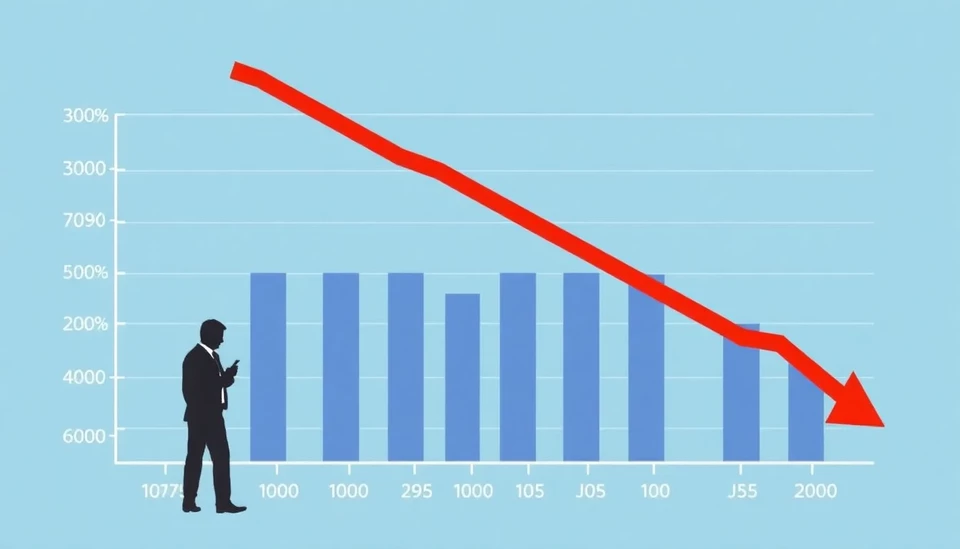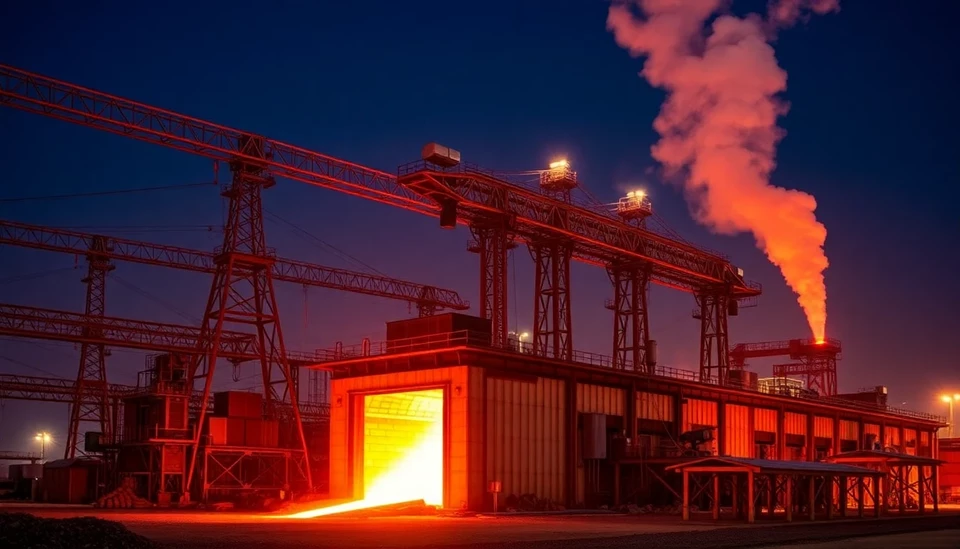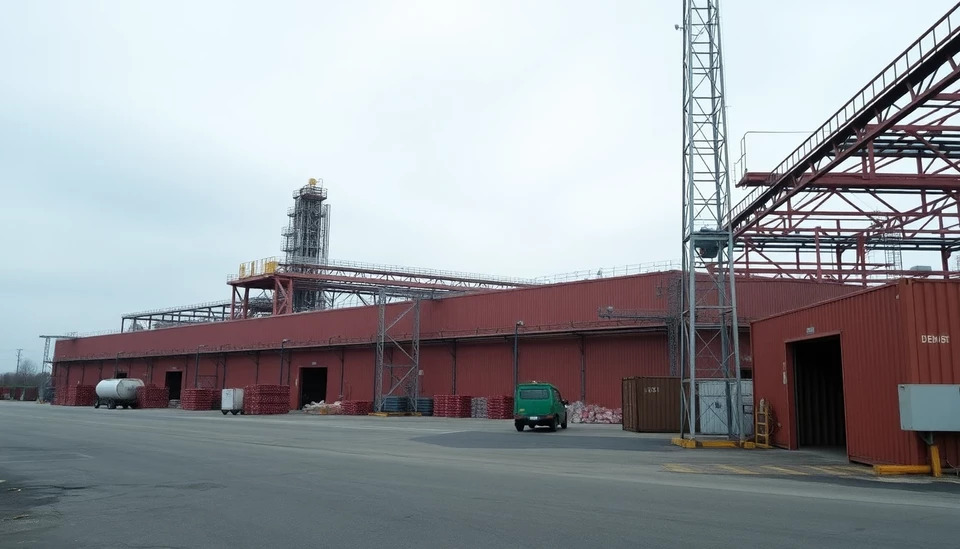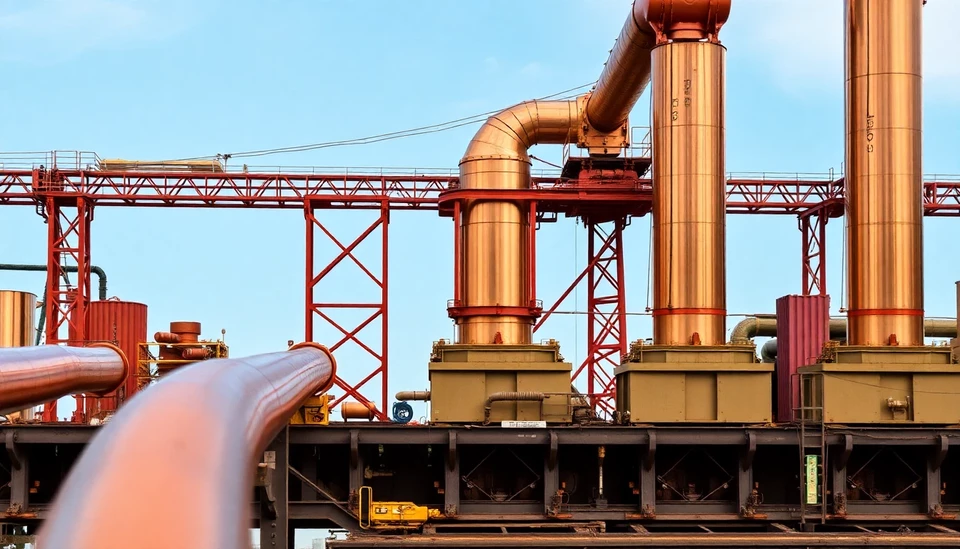
In a recent development within the commodities market, copper prices have continued to decline, reflecting concerns over supply dislocations that are expected to be resolved soon. This trend has raised questions among investors and market analysts regarding the future trajectory of copper, a metal critical for various industries including construction, electronics, and renewable energy.
As of late March 2025, copper contracts have shown a significant reduction in value, with prices experiencing a notable drop. Factors contributing to this downturn include emerging signals from global mining operations indicating a steady normalization in supply chains. Reports suggest that disruptions that have previously suppressed copper output might soon be alleviated, leading to an escalation in production capabilities.
Global markets have been increasingly volatile as trade tensions and logistical challenges have put pressure on copper supply. However, experts foresee that with improved operations and logistics, copper production could bounce back, which may lead to an oversupply in the near future. As such, traders are keeping a close watch on these indicators to gauge the timing and magnitude of any potential recovery in prices.
Additionally, the investment community is also responding to macroeconomic shifts. Economic forecasts project a mixed growth outlook for countries heavily dependent on copper exports, such as Chile and Peru. These nations are anticipated to ramp up their mining activities soon, which may result in higher yields. Analysts point out that as these nations capitalize on their resources, it might contribute to a significant impact on copper pricing worldwide.
The fears of global recession, fluctuating demand for copper-driven technologies like electric vehicles, and renewable energy projects have all intertwined to create a complex narrative around copper's market performance. While some analysts remain optimistic about long-term price recovery due to transitioning technologies and increased urbanization, short-term outlooks remain cautious. Investors are advised to consider both the immediate consequences of supply chain improvements and longer-term demand trends.
As the market anticipates this supply recovery, the dynamics in copper pricing will prove crucial for various sectors reliant on this essential material. Stakeholders and market players will be closely monitoring developments in the coming weeks, looking for signals of stabilization or further disruptions that could affect their operations and strategies.
Given the situation, market analysts and traders are urged to remain vigilant and adaptable to these shifts, ensuring they are well-prepared to respond to the evolving landscape in the copper market.
In summary, the copper market is facing a precarious situation, as supply dislocations are projected to resolve. The implications of these changes could have widespread effects on the economy, trade, and various industrial sectors.
#Copper #Commodities #MarketNews #SupplyChain #Mining #Investment #EconomicOutlook
Author: Samuel Brooks




